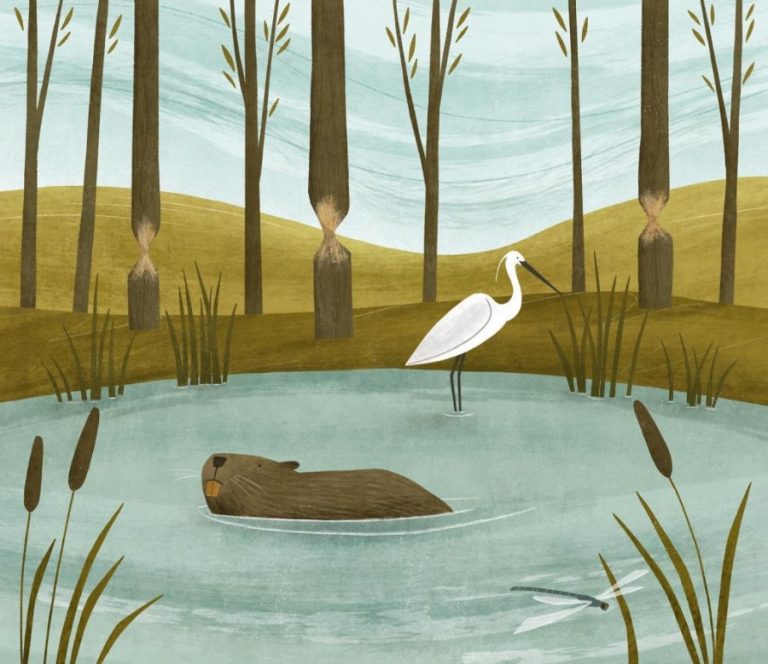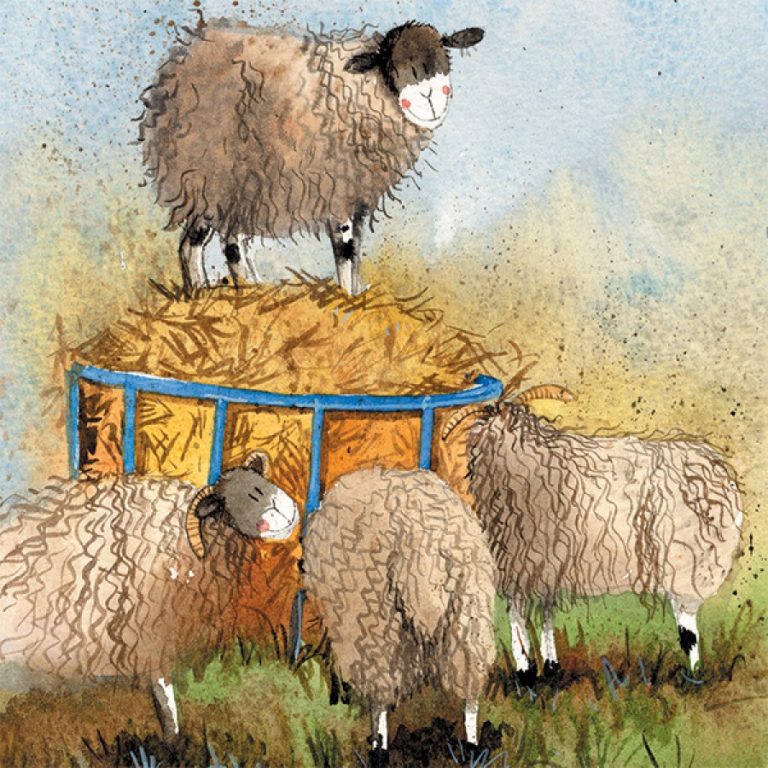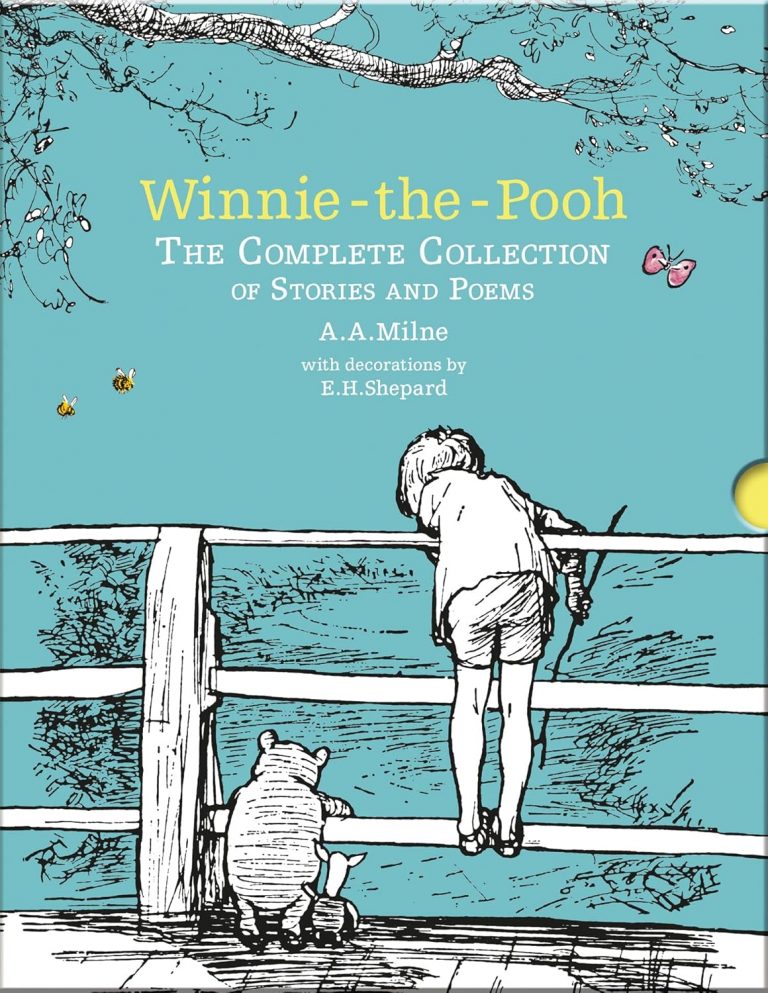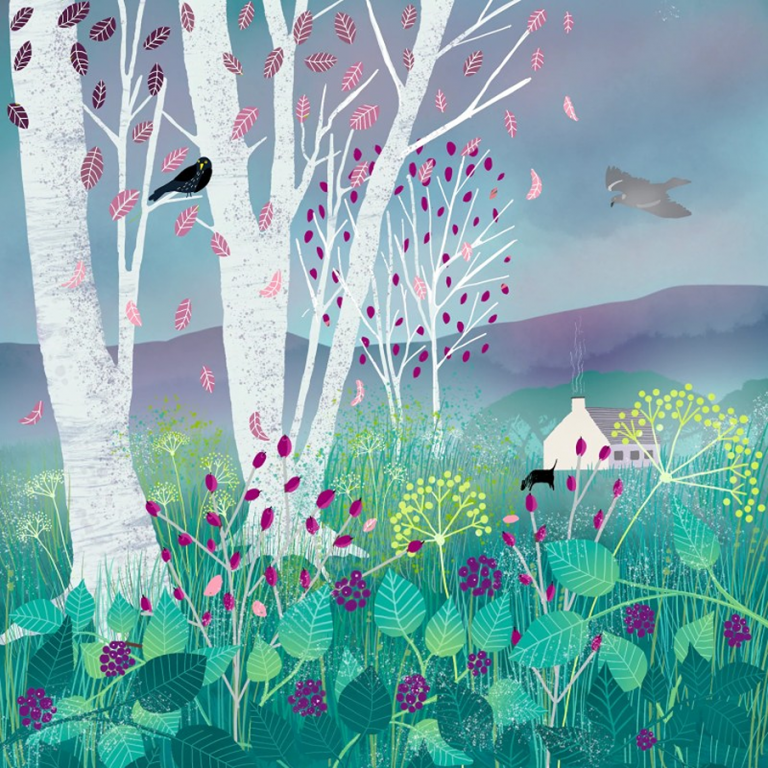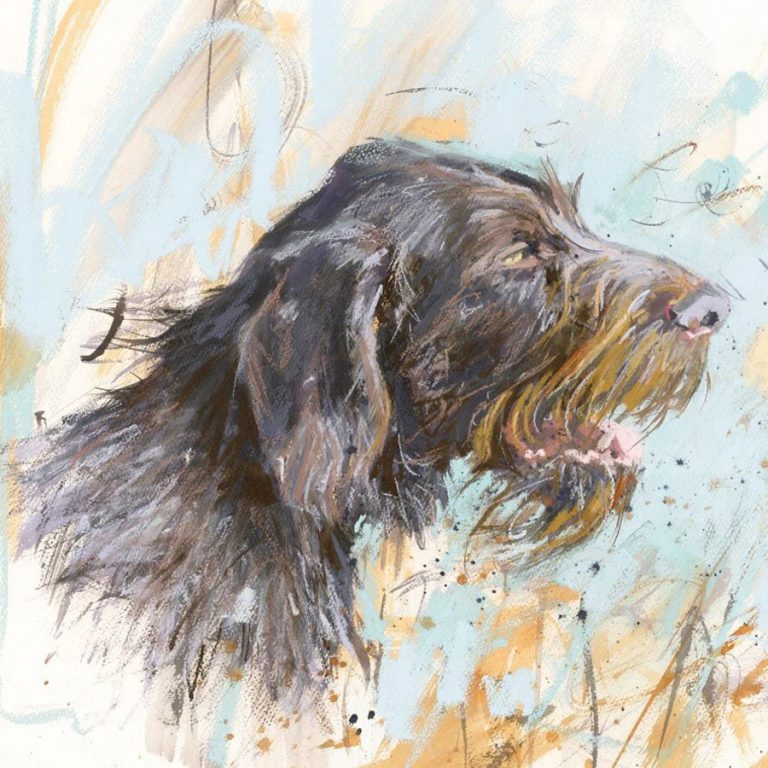
England’s woodlands are full of life. From flashes of green and red to haunting night calls, woodland birds make every walk special. Getting to know these birds helps you spot them, enjoy their colours, and notice their routines. This guide covers key species you’ll find in woods across England, highlighting features, behaviour, and top tips to spot them.
Woodland birds rely on mature trees and dead wood, it’s really important that we save our forests and protect green spaces. Even ‘dead trees’ are not really dead, as rotten bark still provides good hunting ground for food and nests. And when woodland birds abandon their nests after rearing chicks, the tree holes are often used by bats, owls and bees.
Some woodland birds may even visit your garden. So learn how to create safe havens for garden birds, and how to stop birds flying into windows.
England’s Noisy Woodpeckers!
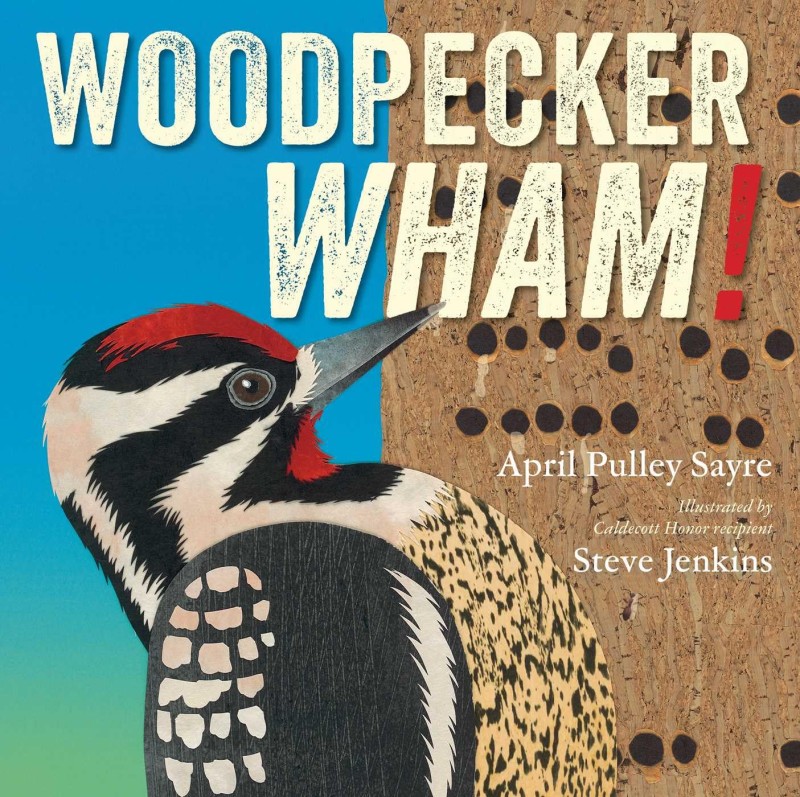
You may not see them that often, but of all are familiar with the drumming calls of the woodpecker in the trees, and markings that are hard to miss. Woodpeckers are far more than tree-tapping visitors – they are also skilled nest-builders, natural pest controllers and even woodland gardeners, in their own way.
How Come Woodpeckers Don’t Get Headaches?
Because God designed these birds so well, that they kind of have an in-built crash helmet, to stop their brain wobbling around, when they drill!
The drumming noise you hear, is not just due to drilling the wood. It’s also to mark territory and attract mates (the same reason that most birds sing).
Great Spotted Woodpecker
This is England’s most common woodpecker, spotted in trees and parks and mature woodlands year round.
These birds have striking black-and-white feathers, with a splash of red under their tails (males also have a bright red patch on the back of their heads, to show off even more!)
Their powerful beaks help them peck into tree bark, to search for insects, larvae and spiders.
Green Woodpecker
These birds (as the name suggests) are olive, with bright yellow rumps and again bright red crowns. But these birds prefer to hunt for ants and insects on the ground and in meadows, rather than in trees.
This bird’s loud ‘yaffle’ call is a classic sound in the English countryside in summer months. If you think it sounds like a laugh, you’d be right.
These birds will always fly off if disturbed. And though they don’t ‘drum trees’, they do leave neat little nest holes in tree trunks, ideal homes for other wild creatures.
The green woodpecker flies like a madman up and down, up and down. And when he’s not banging that beak away at a tree, he’s calling loud with his piercing ‘yaffle’ laugh. So what makes him such an extrovert?
Maybe it’s the extra long tongue he hides in his beak? Apparently it can stretch the length of his body to reach bores, beetles and weevils. Personally I think he’s be more at home with a can of lager and a kebab! Matt Sewell
Lesser Spotted Woodpecker
This is a much smaller (and rarer) woodpecker, no bigger than a sparrow. It has black and white markings (and again males have a red crown). They only live in mature woodlands, often high up to feed on insects within bark.
England’s Mysterious Cuckoo Birds

Cuckoos are one of England’s most mysterious birds. It’s hardly heard or seen, often mistaken for a hawk, and the female can disguise her egg as one of another bird!
And this is the bird whose sound can uplift wintered hearts, with the two-note ‘cuckoo call‘ that we hear to herald spring (this is a male, the female makes a bubbling sound that sounds like water gurgling out of the bath, when you pull the plug!
Cuckoos live in Africa most of the year, and only fly to England when it’s time to start singing! In Africa, there is a cuckoo that looks the same (though he is orange and black). He is called the pooh pooh bird!
Cuckoos are now on the Red endangered list, due to lack of habitats. The best way to help is to preserve our native woodlands.
Pheasants (not native woodland birds)
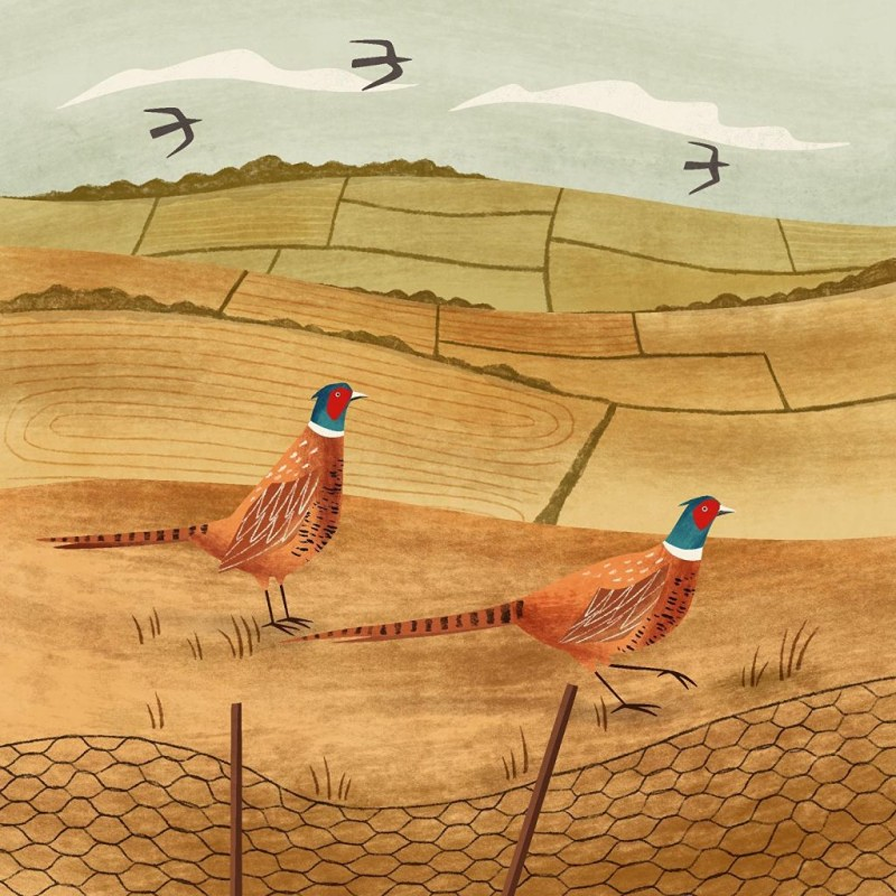
Although native to Asia, pheasants are often found in English woodlands. Known for their croaking cull and vivid plumage of shimmering green, gold and red (females are less colourful, to camouflage when nesting).
They also live on field edges, where they can shelter and forage for seeds, grains and insects.
Alas these beautiful birds are hunted (and over-bred in conditions akin to factory farms) for estate shoots. Often by people who don’t have proper skills, to many are injured, then collected to be shot again.
Massive over-breeding also leads to millions being killed on our roads (which also endangers native sand lizards, a main staple food). And causes road accidents involving humans, too. A lot of game meat contains lead shot (only a voluntary ban is in place).
England’s Wild Owls

Read our post on helping wild owls.
The Tawny Owl
The tawny owl rules the evening woods. Its soft brown and grey feathers blend into the trees. Known for the classic “twit-twoo” call, both males and females hoot through the night. They hunt from hidden perches, dropping down on small mammals and birds with silent wings.
Tawny owls use old trees for nesting, often in holes or old nests. Look for them as dusk falls, or watch for fluffy chicks in late spring.
The Barn Owl
Barn owls ghost across open fields beside woodland. Chalk-white underparts, a heart-shaped face, and slow, floppy wingbeats make them easy to pick out. They nest in old barns, hollow trees, or nest boxes on the edge of woods and farmland.
Barn owls hunt at dusk, searching for mice and voles. Look for them quartering fields at the wood’s edge or perched on fence posts as light fades. Their eerie screech gives them away at night.
The Little Owl
Little owls are small but bold, with a squat body, fierce yellow eyes, and spotted brown feathers. Unlike their larger relatives, little owls are often active at dawn and dusk, sometimes even in daylight.
They perch on branches or posts, swooping down to catch insects and small mammals. You’ll spot these cheeky birds in old parkland, pasture with scattered trees, or ancient woodland edges.
A Fun Illustrated Guide to Woodland Birds
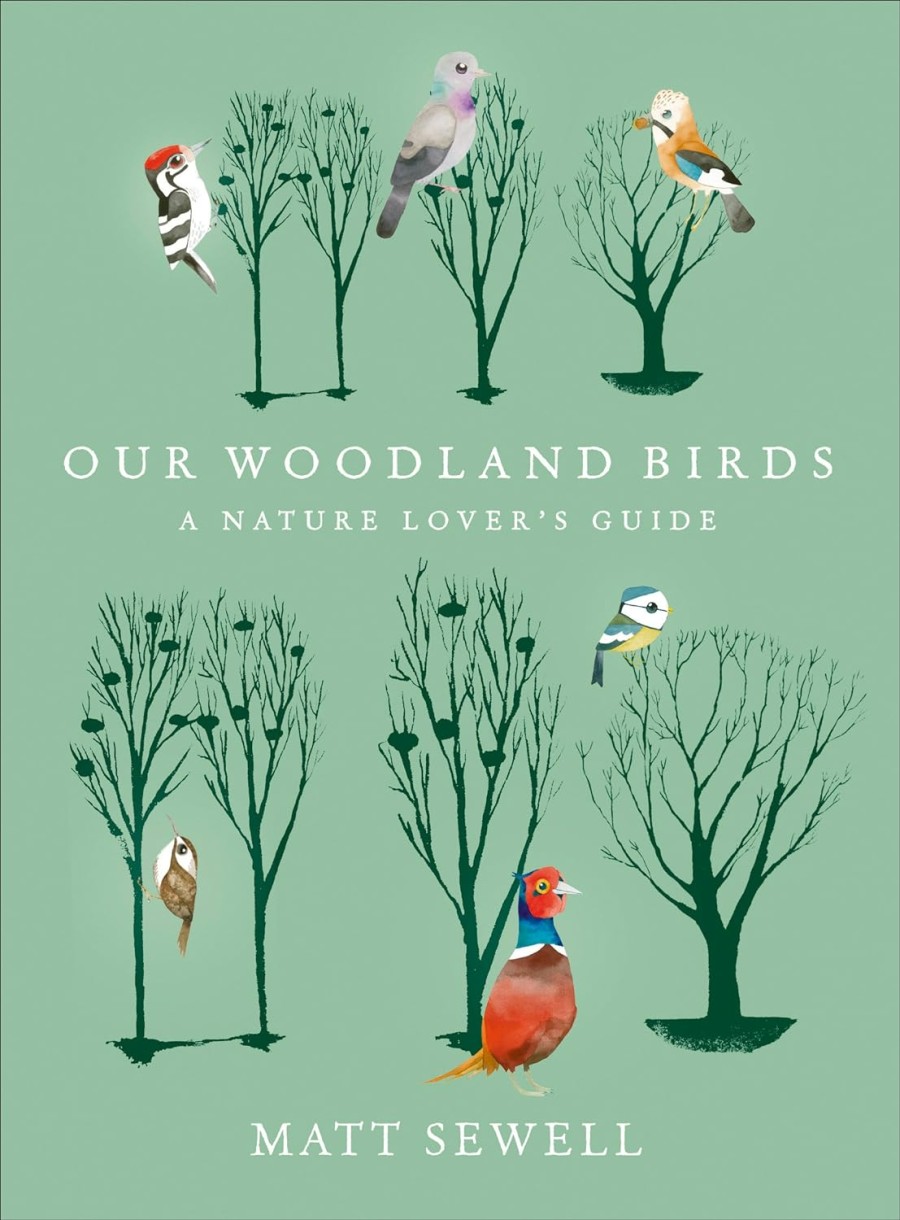
Our Woodland Birds is a lovely illustrated guide to meet more of England’s woodland birds, taking us into forests to meet them all!
- Goldfinch
- Bullfinch
- Crested tit
- Long-tailed tit
- Hobby
- Merlin
- Common buzzard
- Sparrowhawk
- Nuthatch and Treecreeper
- Wryneck
- Lesser-spotted woodpecker
- Pheasant & Golden pheasant
- Black grouse
- Goldeneye
- Moorhen
- Woodcock
- Whinchat
- Cirl bunting
- Woodlark
- Tree pipit
- Blue throat
- Black redstart
- Ring ouzel
- Fieldfare
- Waxwing
- Spotted flycatcher
- Great grey & red-backed shrike
- Tawny owls
- Jay
- Nutcracker
- Jackdaw
- Rookery
- Hooded crow
- Magpies
- Blue tit
- Redpoll
- Golden oriole
- Stock dove
- Black caps
- Heron
- Barn owl
- Robin
Some woods are now so deathly quiet that you could hear a pine needle drop. This is often due to the planting of fast-growing and often non-native pine and conifer trees.
They might be perfect for timber production and cash turnover, but not for our birds who need the insects, nesting places and ecosystems that thrive in mixed and broad-leaf forests.
Our once insect-rich summers are now a thing of the past, due to pesticides and intensive farming practices.

